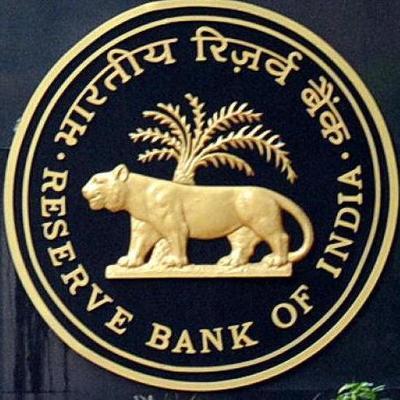
The GDP at 4.5 percent is one of the lowest in the last 26 quarters. In addition, the core inflation rate (measured by both WPI and CPI) is at lower levels. The figures signify that the economy is experiencing a negative output gap. Negative output occurs when the economy is producing less than its potential output, mainly due to the weak demand.
However, the retail inflation measured by Consumer Price Index (CPI) crossed the 4 percent target rate in October. Inflation rate breaching the 4 percent level is mainly due to the rising food inflation. Food and beverages have a share of 45.86 percent in total basket of goods and services used in the construction of CPI.
The major contributor for the rising food inflation is the sky rocketing prices of vegetables. For instance, in October, food inflation stood at 6.93 percent. In the same month, vegetable prices registered a YoY growth rate of 26 percent. The trend of rising food prices could sustain for few months, and the overall inflation can cross 5 percent in the coming months. For the second-half of FY20, RBI raised the inflation projection to 5.1-4.7 percent. Similarly, household inflation expectation was also raised upwards, adapting to the rising vegetable prices.
Though, this trend is transient, it is not a comfortable position for the Central Bank as it follows an inflation targeting regime. The country targets an inflation rate of 4 percent, with an upper tolerance level of 6 percent, and lower limit of 2 percent. Thus, even when the Central Bank revised the GDP growth rate downward to 5 percent for FY20, RBI chose to pause its rate-cutting spree.
However, controlling food inflation requires more policies and steps from the government. The skyrocketing prices in pulses and vegetables is experienced by the country at regular intervals. The situation calls for improving the supply chain management, and more investments in warehouse and cold storage facilities. In such a scenario, the onus falls more on the government than the RBI.
Similarly, another area of concern is how far the economy has benefited from the five consecutive rate cuts from the RBI. The rate cuts by the RBI only had a minimal impact on consumption and investment demand. It shows that either the rate cuts are not transmitted to consumers or the consumer/investor sentiments in the economy are weak. The low core inflation reflects the weak consumption and investment demand in the economy. RBI is expecting the transmission of rate cuts to improve with the introduction of an external benchmarking system that would spur demand.
